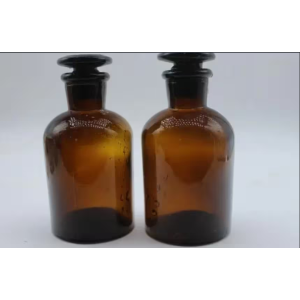T7-PEG-PCL胶束载药系统的制备及表征
论文:BMS-1166靶点递送促进乳房癌免疫系统*外部链接://www.tandfonline.com/doi/full/10.2147/IJN.S497089#d1e381作家:于哲成,周泽亚&周瑜琪节选:的办法将BMS-1166封装形式于T7-PEG-PCL胶束中。实现gif动态光散射核查粒度分布和zeta电势。实现电子设备散射电子设备显微镜设计粉末形貌。实现傅里叶调整红外光谱图、热重剖析和差示打印量热法对粉末做出定量分析。实现高效率的高效液相色谱验测中药包封率、载药量和脱离曲线方程。以人甲状腺癌MDA-MB-231体神经元做出体神经元致癌性疲劳试验。所采用流式的体神经元术和免疫力荧光成相设计体神经元表面上和外泌体中PD-L1的治理和改善状态。MDA-MB-231与Jurkat共培养出设计T体神经元碱化和凋亡状态。MethodsBMS-1166 was encapsulated in T7-PEG-PCL micelle. Particle size and zeta potential were determined by dynamic light scattering. Particle morphology was studied by transmission electron microscopy. The particles were characterized by Fourier transform infrared, thermogravimetric analysis, and differential scanning calorimetry. Drug encapsulation efficiency, loading degree, and release profile were examined by high-performance liquid chromatography. Human breast cancer MDA-MB-231 was used to test the cytotoxicity. Flow cytometry and immunofluorescence imaging were used to study the PD-L1 inhibition in cell surface and exosomes. MDA-MB-231 and Jurkat co-culture studied T-cell activation and apoptosis.



 pg电子娱乐游戏app
微信公众号
pg电子娱乐游戏app
微信公众号 官方微信
官方微信